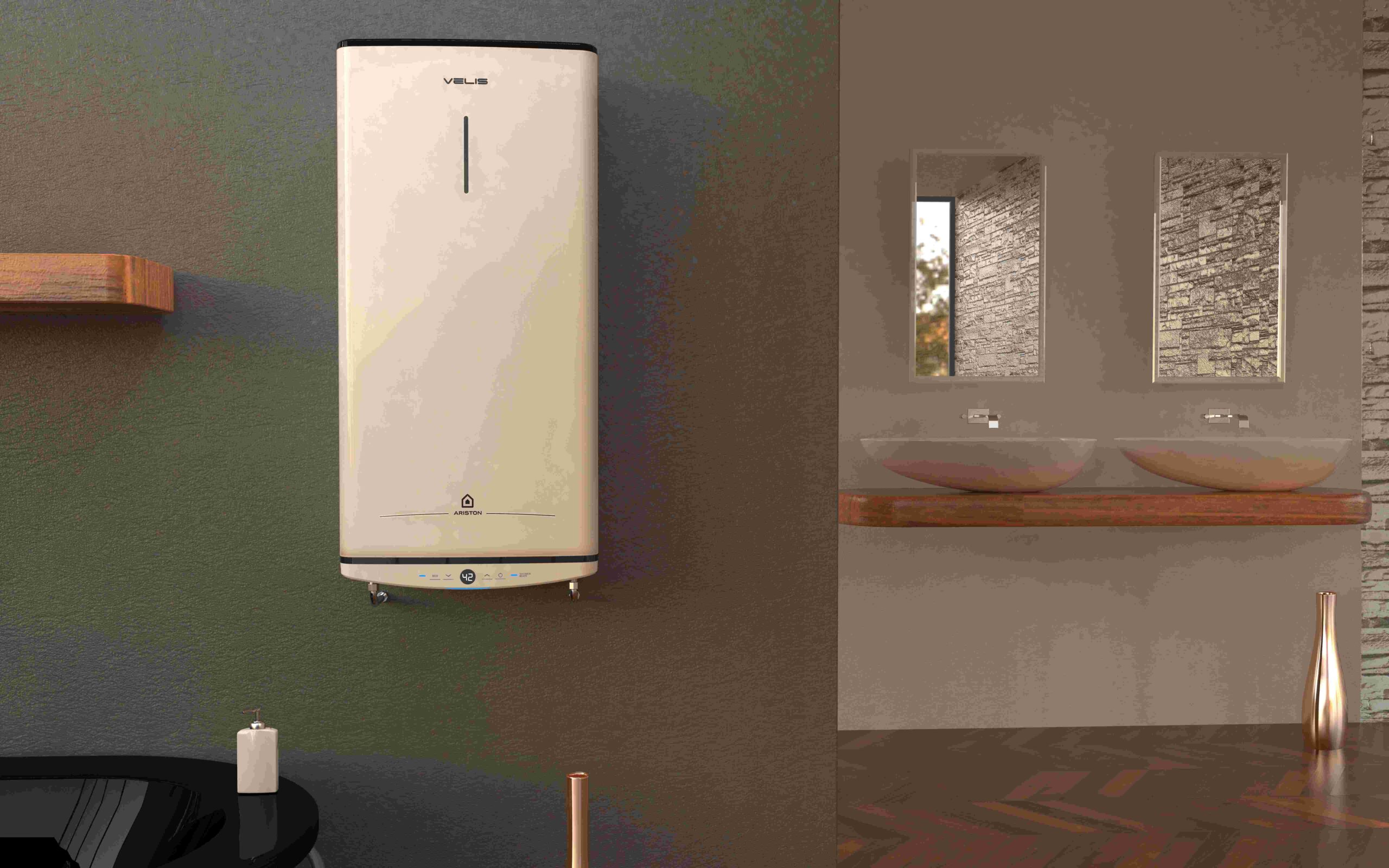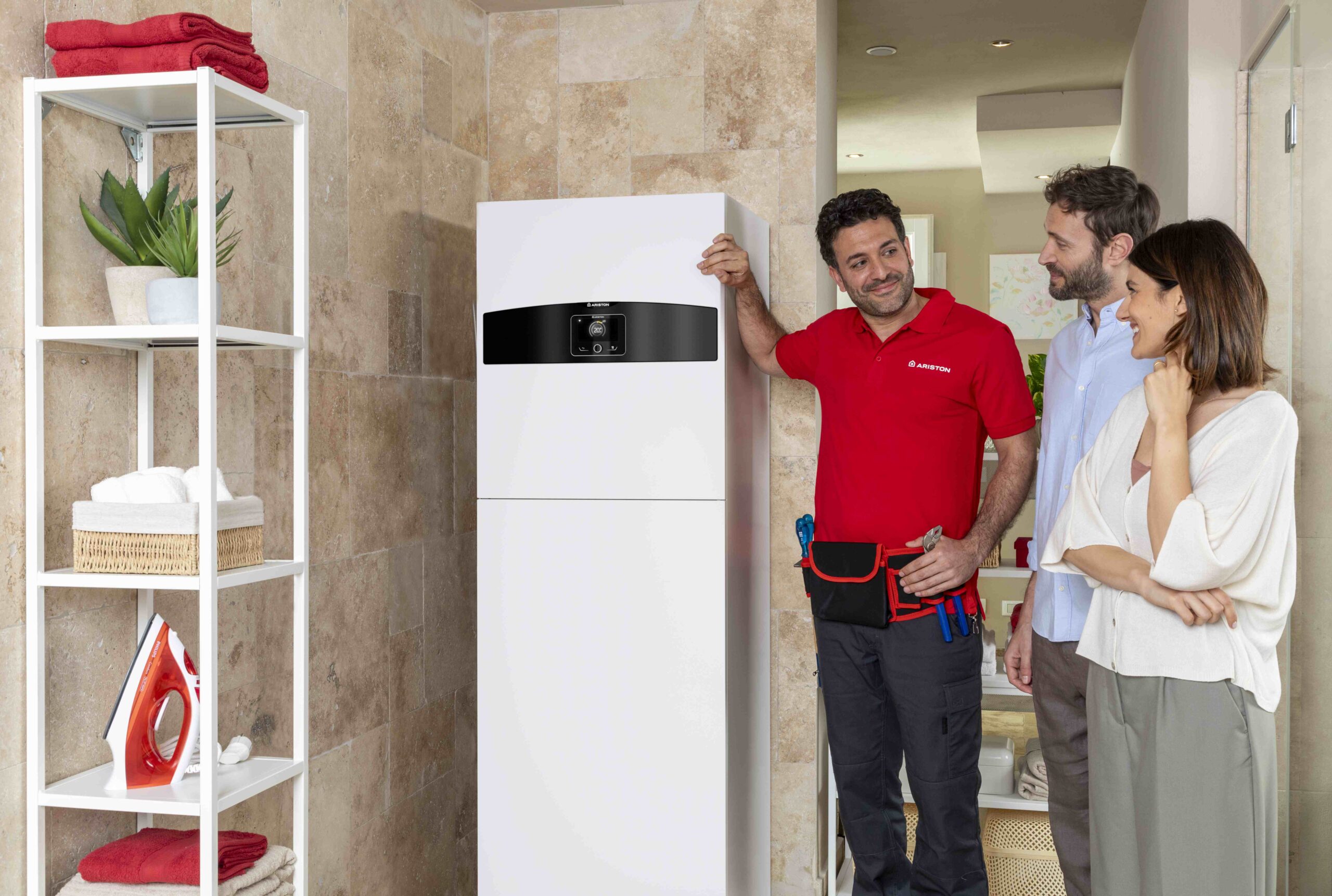What is an Energy Community
To speed up the energy transition, it’s essential to promote new energy production and consumption methods based on renewable sources. One of these is energy communities, an innovative approach that encourages sharing clean energy produced and consumed locally.
A renewable energy community (REC) offers multiple environmental, economiceconomic, and social benefits but it’s important to choose the most suitable green technologies and adopt advanced solutions for safety, saving energy and monitoring energy flows. Here’s everything you need to know about energy communities.
What are energy communities?
An energy community is an association of citizens, organisations and companies that produce and consume energy obtained from renewable sources on a shared basis. This makes it possible to restructure current energy systems, aid the decentralisation of energy and encourage citizens to actively participate in the energy transition.
Depending on the situation, an energy community can take on various legal forms, for example through the establishment of an association, organisation or cooperative. It is essential that none of the participants are seeking profit but collaboration for the common good.
Another fundamental aspect is the use of energy produced from renewable sources, such as solar energy, wind energy or biomass energy. One of the aims of energy communities is decarbonisation, to combat global warming and climate change by reducing greenhouse gas emissions, which can be achieved by using fewer fossil fuels and replacing them with sustainable energies.
To summarise, here are the main features of an energy community:
- Production and consumption of energy from renewable sources.
- Participants not seeking profit.
- Accessible to anyone wanting to be part of an energy community.
- Exchange and sharing of energy according to a participatory and collaborative system.
- Use of innovative technologies for energy flow management and monitoring.
How an energy community works
First, in order to create an energy community, a legal entity must be established, i.e. a group of citizens and companies who are located close to each other and choose to produce and consume clean energy together. Of course, each member can choose their own energy supplier independently and it’s possible to leave the energy community at any time.
At this point, we must mention the systems that already exist for the production ofto produce energy from renewable sources, such as photovoltaic systems or wind farms. Alternatively, or to complete the clean energy supply, we can invest in the installation of new green systems, possibly using public incentives to reduce the cost of the initial investment.
Then, all users in the energy community must be connected to a smart grid, a system that allows for the sharing of energy based on the energy requirements of each participant and for the monitoring of energy flows. This makes it possible for all members of the energy community to manage the energy optimally, to account for each user’s consumption and carefully control the storage of energy that is produced but not used instantly.
In general, each system must be connected to the external electricity grid so that surplus energy can be passed onto it and energy can be taken from it to meet the energy community’s needs when internal production is not enough.
The best technologies for renewable energy communities
The best technology for renewable energy communities is a photovoltaic system as it allows all members to install photovoltaic panels and produce electricity sustainably. The electricity can also be stored in special storage systems and easily shared with other users. It’s possible to choose systems of different sizes depending on the community’s specific needs.
However, there are many other sustainable technologies suitable for an energy community. These include solar thermal systems for hot water production and heating, or a heat pump to use a single system powered by clean electricity for heating, cooling and domestic hot water production. These systems can be installed for one user or serve property units depending on the sizing.
Other useful technologies are advanced temperature control systems to effectively manage thermal comfort in homes, like Wi-Fi thermostats and multi-zone modulating thermostats. The same applies to energy consumption monitoring technologies, where each user can control the performance of their own system, the self-consumption rate and the amount of energy shared within the energy community.
Advantages of a renewable energy community
A renewable energy community offers several advantages:
- Reduces CO2 emissions and the environmental impact of a person’s energy needs.
- Contributes towards the energy transition and increases the distribution of renewable sources to speed up decarbonisation.
- Improves awareness of environmental sustainability and energy management, promoting social aggregation and the active participation of citizens and companies.
- Reduces stress on the national energy system, decreasing the amount taken from the national grid and increasing self-consumption.
- Promotes energy decentralisation models, with more autonomy for citizens and less dependence on energy imported from abroad.
- Allows families and companies to save on energy costs, making companies more competitive and protecting citizens’ income.
Overall, energy communities are a model that has been developing rapidly in recent years thanks to greater awareness amongst companies and citizens of the importance of reducing the emissions from energy consumption. Also, energy communities create new opportunities, favouring the green economy in line with the principles of economic, social and environmentalenvironmentally sustainable development.






